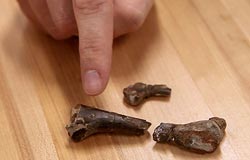 |
| Jim Nobles, Sayre Historical Society Founder |
What was where Rock and Docs is presently located? What building predated the Sayre American Legion Post No. 283 in Milltown? What is now located where the trolley barn of the Waverly, Sayre & Athens Traction company was located? Answers to these questions and more will be part of a presentation Jim Nobles will present the program. He is a life-long resident of Sayre and founder of the Sayre Historical Society who has a longtime interest in local history and especially the history of Sayre.
Jim will be making a visual presentation of changes that have occurred in Sayre over the many past decades. Some of Sayre’s historic buildings have changed little during that time. For example the Sayre Theatre is approaching its centennial but an exterior view of the theatre from 1914 would be recognized immediately today.
Other buildings however have disappeared from the scene such as the Packer Mansion which became the Robert Packer Hospital and is now part of the Guthrie Campus. The sites of the original Sayre schools have become playgrounds, an apartment complex, and a bank.
Jim’s presentation will include images of those buildings followed by photos showing their locations today.
Other images from the past to be included in the program are the former Coleman Field, Round Pond (the medical helipad is located there today), Sayre Motel, Park Hotel, Keystone Park, Lehigh Valley Railroad shops, churches, Sayre’s brick roads, and Howard Elmer Park. This is only a partial list. There will be many interesting and rare photos contrasting old time Sayre with Sayre of 2013.
Admission donation: Adults $6, SRAC members $4, students free and includes a free tour of the SRAC museum!










